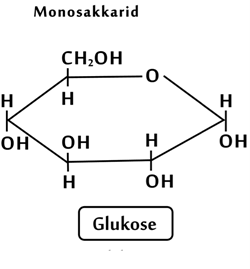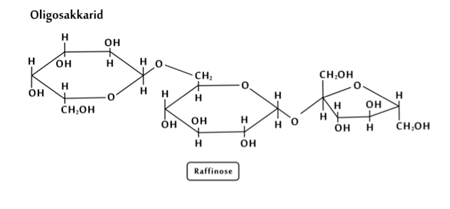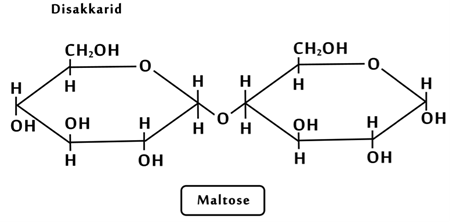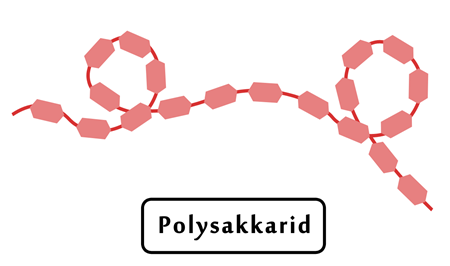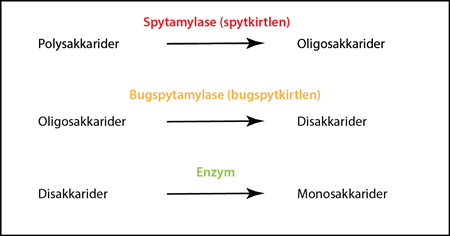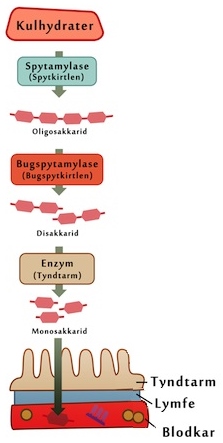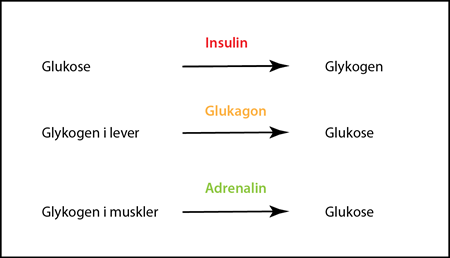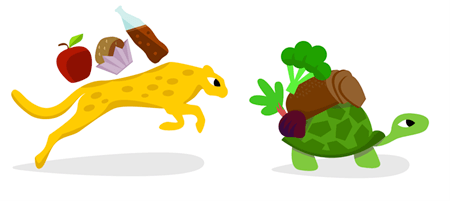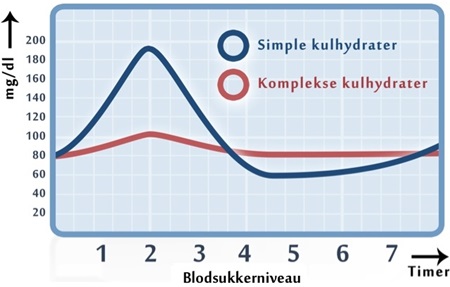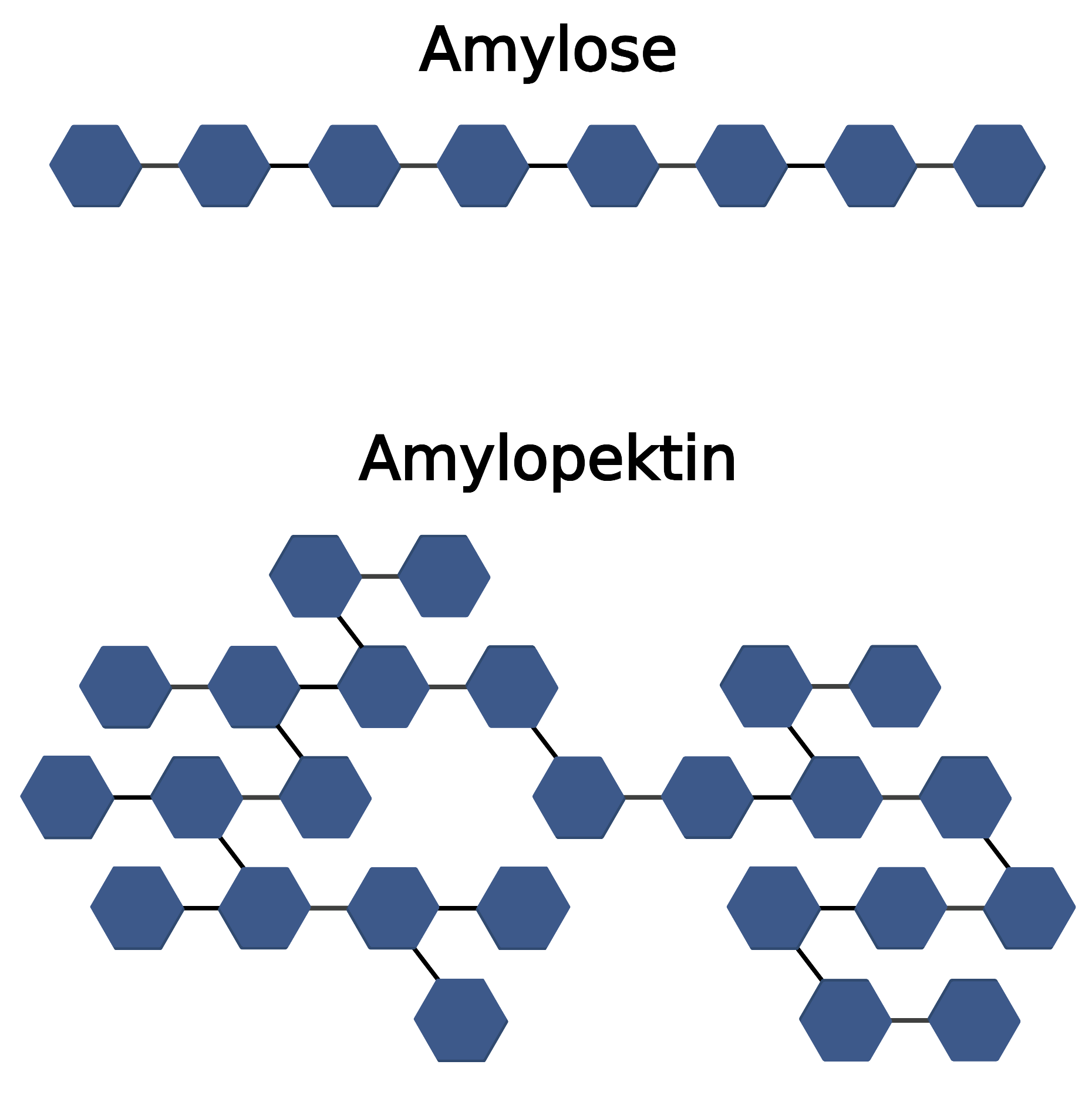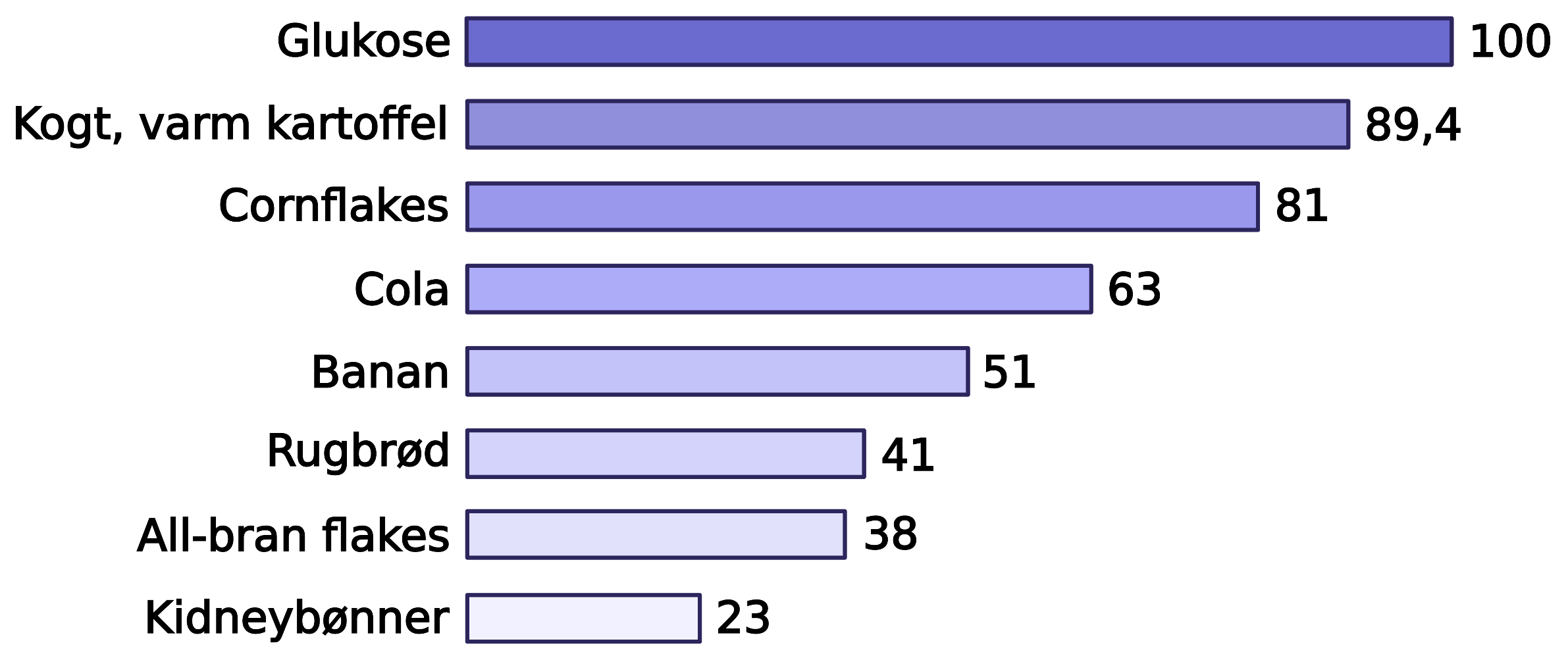What are carbohydrates?
Humans have always received a large part of their energy in the form of carbohydrates. During digestion, carbohydrates are converted into glucose. The brain’s primary fuel is glucose, which is why carbohydrates are an important source of energy. Every day, your brain needs 150 grams of carbohydrates to function optimally.
Carbohydrates are made up of three elements: carbon (C), oxygen (O), hydrogen (H) and can be divided into four classes: monosaccharides, disaccharides, oligosaccharides and polysaccharides, as seen in figure 1. The figure illustrates the different classes of carbohydrates, with monosaccharides being the smallest because they are made up of one unit. Disaccharides are the second smallest and consist of two monosaccharides put together. The third group is oligosaccharides, which consist of 3-10 monosaccharides. Lastly, polysaccharides are among the largest carbohydrates and can consist of thousands of monosaccharides combined.
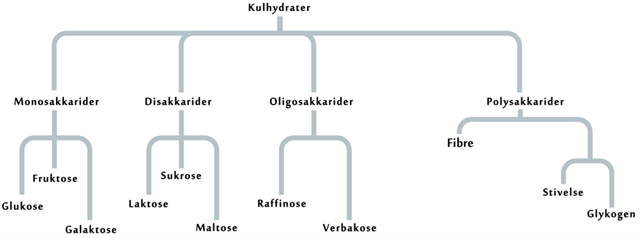
Figure 1. Carbohydrates are divided into four different classes depending on their size: monosaccharides, disaccharides, oligosaccharides and polysaccharides.
Below you can see the chemical structures of different carbohydrates: Figure 2 shows the chemical structure of the monosaccharide glucose, figure 3 illustrates the disaccharide maltose, while figure 4 shows the oligosaccharide raffinose and figure 5 shows a polysaccharide.


